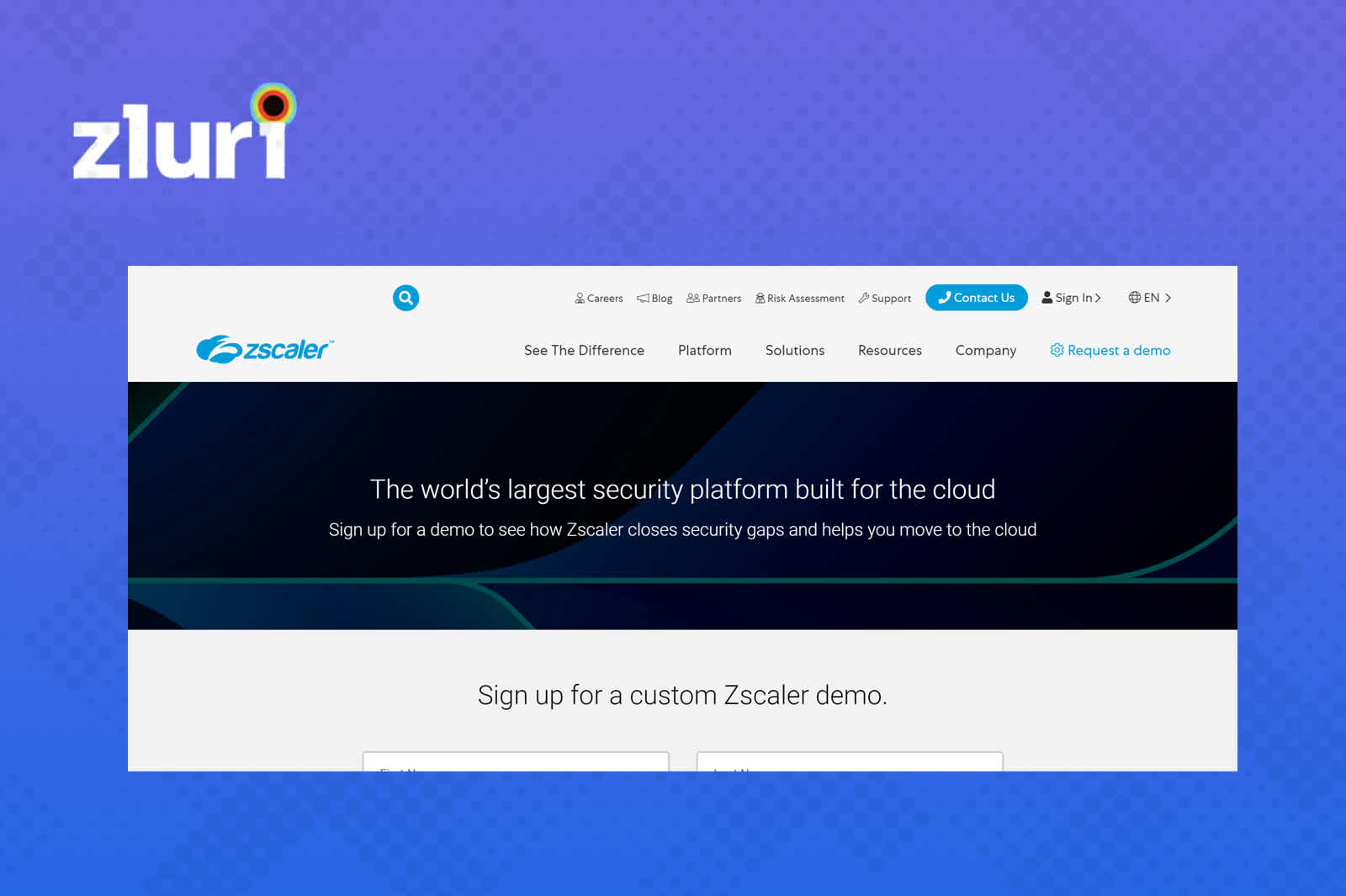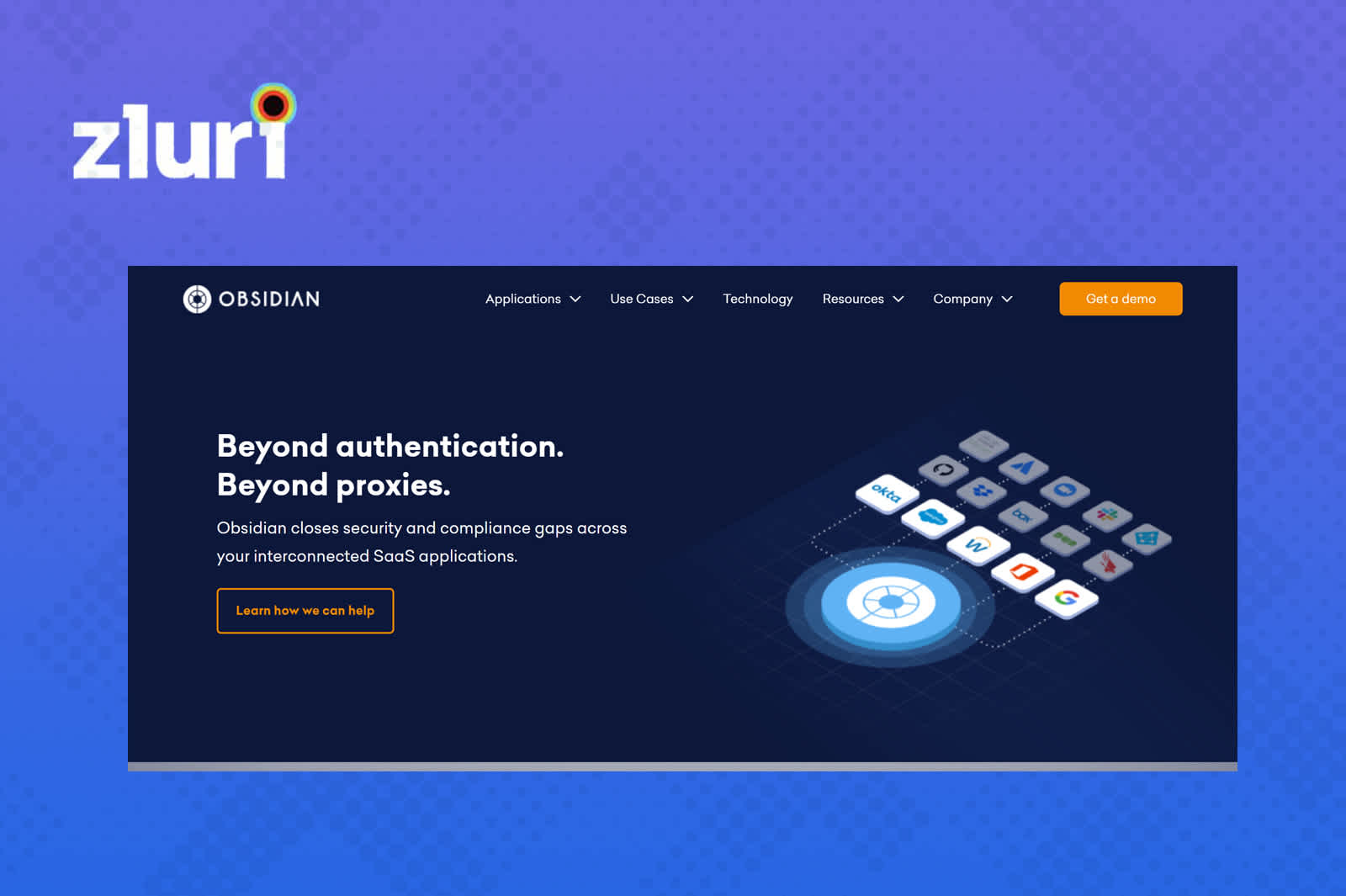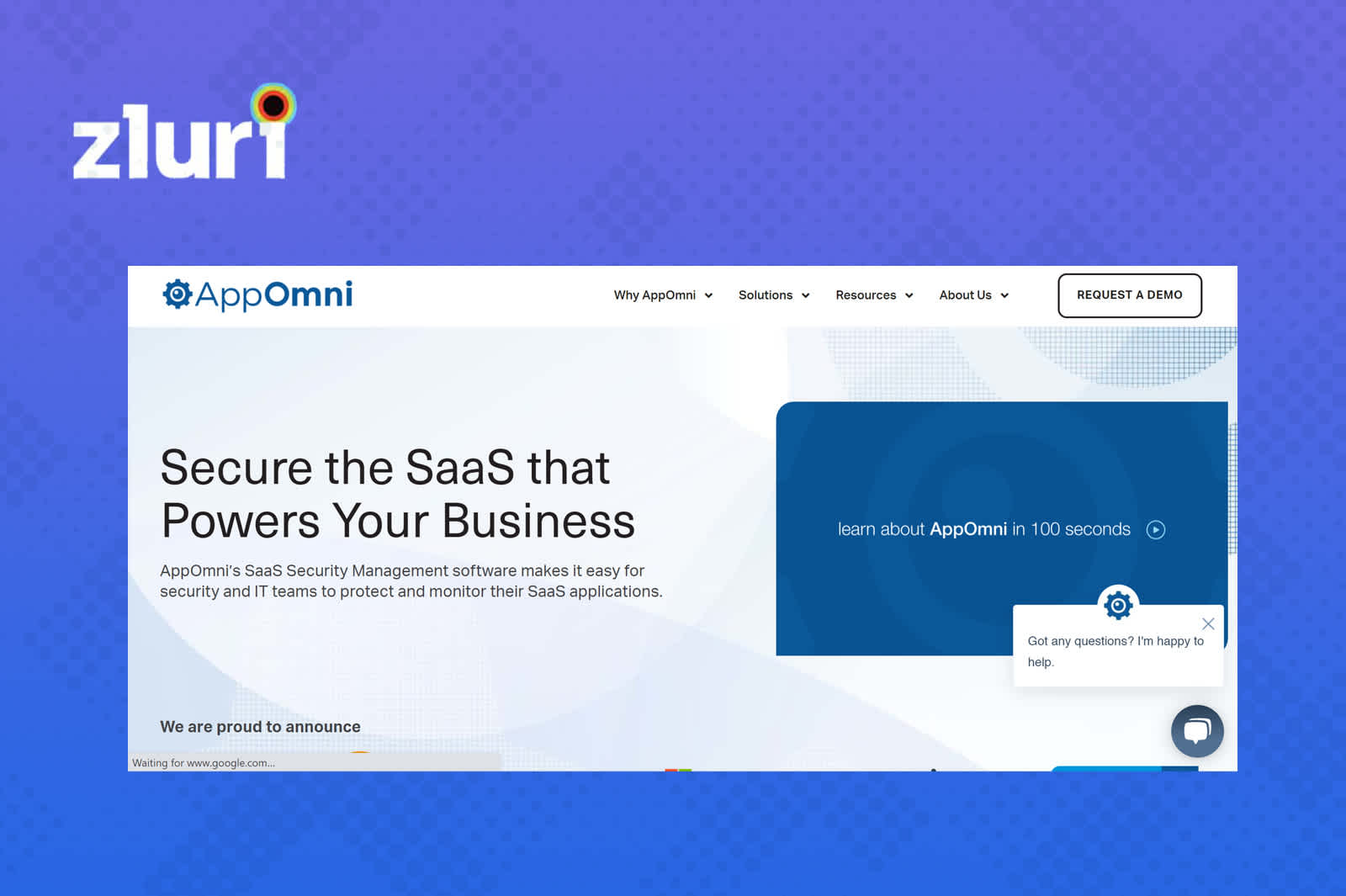Security & Compliance
• 6 min read
Top 5 SaaS Security Posture Management Tools
7th January, 2024
SHARE ON:
Managing the security of SaaS applications and the data residing in them is imperative for every organization. It ensures that the data residing in the applications are safe and protected from any threats.
A SaaS security posture management (SSPM) software incessantly monitors organizations' applications' security posture to ensure that they are aligned with the security policies. IT also detects any misconfigurations and resolves them to prevent any security breaches.
Software as a service (SaaS) applications store confidential and important information about businesses. Customer name, addresses, contact numbers, and other user behavior details are some of the data that resides in your organization's SaaS applications. With the rise of the pandemic, the adoption of SaaS has been increased to streamline and fulfill different business objectives.
Organizations must take important steps to protect their data and prevent external and internal threats. SaaS security posture management (SSPM) tools help organizations to continuously monitor their SaaS applications. It gives visibility of the security posture of SaaS applications, prevents data breaches, and revokes unauthorized access to your organization's SaaS applications.
Lack of visibility of all the SaaS applications is one of the major pain points in SaaS security. A SaaS security posture management tool solves this by ensuring that all the configurations are properly set for global settings and user roles and privileges. In other words, it helps security teams to know every application, user, and configuration for the organization's SaaS stack.
Managing compliance of SaaS applications is of utmost importance to ensure that organization is meeting all the requirements set by the regulators for being compliant. SaaS security posture management (SSPM) tools continuously monitor the compliance posture of the organization SaaS applications against internal frameworks and regulatory standards and provide alerts to administrators in case of issues or may automatically take corrective action.
Furthermore, SaaS security posture management tools (SSPM) can help organizations to automate compliance with standards such as System and Organization Controls (SOC) 2, Center for Internet Security (CIS), Payment Card Industry Data Security Standard (PCI DSS), etc. to ensure that all the applications are compliant with industry and organization policy. Overall, a SaaS security posture management (SSPM) tool helps security teams in different ways, from reducing manual efforts to automating different tasks to continuously monitoring applications' security postures.
SaaS security posture management tools give granular level control on all aspects of SaaS applications security to ensure that applications are secure from external and internal threats. It enables organizations to close security and compliance gaps across SaaS applications and provides insights and actionable recommendations to security teams to reduce risks associated with software as a service (SaaS) applications. Furthermore, allows IT teams to enforce all the security policies across the organization's SaaS environment.
SaaS security posture management (SSPM) tools automatically evaluate every user's privileges to ensure that only authorized users have access to confidential information. In addition, it provides alerts whenever it finds users with overly permissive roles.
A SaaS security posture management (SSPM) tool ensures that the threats and vulnerabilities are proactively managed. In addition, it reduces the manual workload efforts from security teams by automating various tasks, which helps in mitigating and minimizing the security risks of SaaS applications.
In this post, we are going to discuss some of the SaaS security posture management (SSPM) tools that you can use to protect your organization's data.
1. Zscaler

Zscaler is a leading cybersecurity solutions provider. It gives granular level control on all aspects of SaaS applications security to ensure that applications are secure from external and internal threats. Zscaler is easy to use and navigate and helps in minimizing security risks associated with SaaS applications. Further, it ensures that the organization’s SaaS applications are aligned with the policy laid down by security and IT teams.
Features
It identifies, prioritizes, recommends, and remediates SaaS applications' misconfiguration and improper access permissions.
It provides secure access to SaaS applications.
Sends alerts for anomaly detection or any potential threats
Pros
Its intuitive interface makes it easy to use
Gives visibility into SaaS applications to prevent threats
Easy to deploy and gives an overview in a single dashboard
Cons
It can be expensive for small organizations
It occasionally takes a long time to show logs
Does not provides granular level reporting based on apps usage
2. Obsidian Security

Obsidian Security is a comprehensive SaaS security posture management (SSPM) tool that enables organizations to close security and compliance gaps across SaaS applications. It provides insights and actionable recommendations to security teams to reduce risks associated with software as a service (SaaS) applications. Furthermore, Obsidian Security is simple and quick to deploy and provides very handy rulesets to get started quickly.
Features
Empower information technology (IT) and security teams to mitigate external and internal threats
It detects and mitigates risks proactively by continuously monitoring SaaS applications for misconfigurations and access.
Retrieve, normalize, and enrich applications state data across tenants to create a comprehensive knowledge graph of users' activities and privileges.
Pros
Comes ready with handy rulesets to get started quickly
Finds out the privileges and identifies where to reduce based on users and peer metrics
Cons
Limited reporting capabilities do not provide granular level information, such as underutilized licenses.
3. AppOmni

AppOmni SaaS security posture management (SSPM) helps IT and security teams to manage SaaS applications risks and prevent exposure from threats. It proactively monitors all SaaS applications and detects issues and anomalies in configuration to prevent data access issues. AppOmni is one of the best solutions to get data access visibility of the organization’s SaaS applications. It reduces the manual effort and helps security teams to do their tasks in a more efficient way.
Features
Provides detailed compliance report of SaaS applications
Enables information technology (IT) and security team to automatically enforce SaaS security policies across the organization
Audits and monitors sensitive configuration and administrative actions
Pros
Empowers security teams to manage data access and prevent exposures
Robust reporting
Teams can view, manage and understand the security posture of their software as a service (SaaS) applications in one comprehensive and consolidated dashboard.
Cons
Expensive
Poor customer service
4. Adaptive Shield

Adaptive Shield is a SaaS security posture management (SSPM) tool that gives complete control over the organization's SaaS security. It proactively finds weaknesses across organizations' SaaS applications and fixes them. Further, with Adaptive Shield, security teams can ensure that global settings and users' privileges are as per the organization's security policies.
Features
Continuously monitor all SaaS applications and detect any misconfigurations, incorrect permissions, and all possible exposures.
Sends alerts whenever it detects any anomaly or glitch. That helps in preventing any minor issues from transitioning to major problems.
Make SaaS security simple to manage by unifying all native security controls into a single normalized view.
Pros
Gives control over SaaS security across the organization to security teams
Single source of truth for SaaS applications security
Proactively detects and resolve security issues of applications
Cons
Steep learning curve and requires minimal prior experience to start with
5. Cynet SSPM

Cynet's SaaS security posture management (SSPM) continuously monitors the SaaS applications to detect and prevent any threats. In addition, it evaluates misconfiguration and identifies security gaps. As a result, Cynet's SaaS security posture management (SSPM) enables security teams to proactively identify the risks and resolve them. Furthermore, it allows IT teams to enforce all the security policies across the organization's SaaS environment in a single click.
Features
Provides suggestions to improve the configurations and reduce security risks
One-click auto-remediation to rectify configuration errors
Gives insights about the configuration of the native SaaS security settings
Discovers the alignments of configuration settings with compliance and automatically takes actions to correct it in case of deviations.
Pros
Helps IT teams to maintain granular level policy control across the organization
The intuitive user interface makes it easy to use
24*7 support with quick response time.
Cons
Experience can be frustrating as it sometimes gets slowed down
Occasional minor bugs make the product a bit unstable
Service uptime can be concerning
Choosing Right SaaS Security Posture Management Tool
As you can see, many SaaS security posture management (SSPM) tools are available in the market. You can see the features and functionalities provided by different tools and understand how they will help your organization. Further, the tool should fit your budget and also be able to meet future needs as your organization grows.
You need to also check the knowledge base, support, and ease of use of the tool. A SaaS security posture management (SSPM) tool with good support, quick to start with, and provides an excellent knowledge base repository for the common concerns is always preferred if it meets your expectations and suits the budget.
Use Zluri to Manage Your Organization’s SaaS Stack

Zluri is a SaaS management platform that enables organizations to gain complete control over their SaaS applications. With Zluri, organizations can automate various tasks like onboarding, offboarding, compliance management, etc. Some of the key features of Zluri are:
Automated employee onboarding & offboarding: Zluri has a powerful automation engine that enables organizations to give or revoke access to employees with a few clicks. Further, its contextual recommendation system provides information about which applications a new employee needs, based on the department and seniority of their role. It also recommends different channels/groups to which an employee should be added.
Discovering your organization’s SaaS subscriptions: Zluri has the largest app library with over 120000+ applications. Zluri discovery engine uses five methods to discover all your apps with near 100% accuracy.
Renewal Monitoring: With Zluri, you don't need to worry about surprise renewals. Zluri alerts about your upcoming renewals, giving you enough time to decide whether or not you need the app. You can decide that through the SaaS usage insights from Zluri.
Applications Cost Optimization: Zluri helps you standardize your applications and eliminate budget wastage. Zluri traces your SaaS ecosystem and monitors, measures, and helps you take control of your SaaS spend. It also helps you find the hidden apps spend.
Smooth Vendor Management: Zluri has an automated vendor management system with all the features needed to manage your SaaS stack. It maintains a SaaS system of record by integrating with your core business system, after which it prepares to maintain your vendor life cycle with your predefined workflows.
About the author
Sreenidhe is a SaaS management expert and has a keen interest in ITAM and SAM practices. She is adept when it comes to SaaS Vendor Management and SaaS Spend management. Her knowledge of SaaS and SaaS management is self-thought and is based on a lot of reading. Before joining Zluri, Sreenidhe was working as a full-time journalist. She is also equally passionate about fashion and aspires to own a boutique someday.
Related Blogs
See More
Subscribe to our Newsletter
Get updates in your inbox
